HOW DO YOU CREATE A SUSTAINABLE BRAND FROM SCRATCH?
Do you see the photo below?
What is it?
It is a very twisty road.
So I ask you, “How do you create a sustainable brand”?
The clue is the photo.
⇒
YOU NEED TO CREATE A ROAD MAP TO GUIDE YOU!!
So how do you create a sustainable brand from scratch?
You need a ROAD MAP to navigate your way. Do you see how the roads turn so much? This is really what it is going to take to create your own unique brand. Lots of decisions, lots of twists and turns and further changes in the decisions you will need to make. You will question yourself, whether or not you are doing the right thing. But remember, it is a journey. But if you don’t take the first step, you will never get there! If you are not prepared to create a ROAD MAP to guide you, click off this link immediately. If you are strong and have a vision – keep reading!
What is a ROAD MAP?
A ROAD MAP is a step-by-step guide, mapping out all the areas that should be considered when developing a clothing line collection. If you were going to to a new location, would you drive blind or pull out Google Maps to show you the way? The roadmap should be followed in chronological order, although some areas can be worked on simultaneously. Follow it – to a tee.
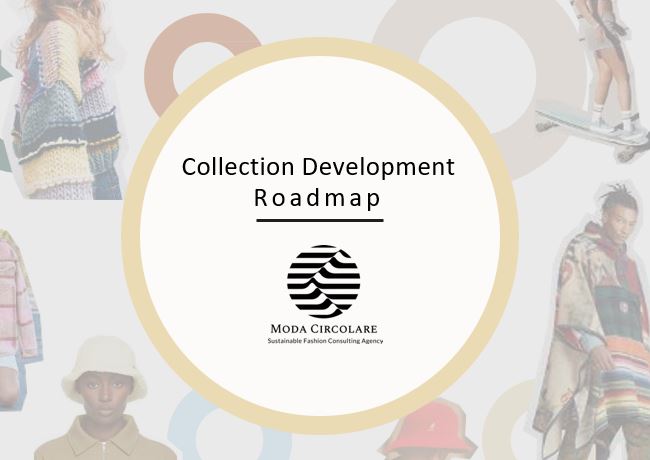
CREATE A SUSTAINABLE BRAND FROM SCRATCH USING A ROADMAP
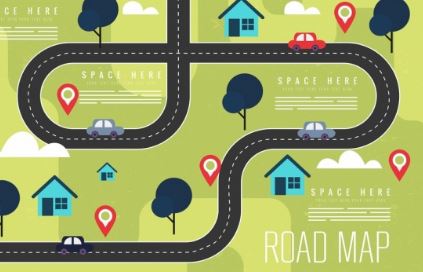
TIME AND TASK
For each part of the guide there is a time indication (eg. 2 weeks), and a suggestion as to who could perform the specific tasks. The roadmap outlines, specific milestones and indicates when they should be met.
Below are the BASIC steps to creating a sustainable brand from scratch. There are so many important things, however two really important things are FABRICS AND LABOUR.
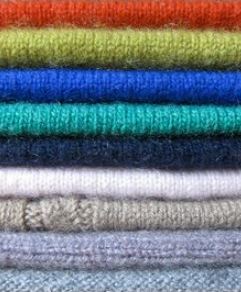
Road map STEPS to create a sustainable brand from scratch:
-
Brand Identity – THIS IS CRITICAL. Create vision boards for the feel, style and lifestyle and image of your brand. Figure our your brands real “purpose”. Make a vision board that show colors, fonts, logo and design as well as experiences that resonate with your brand.
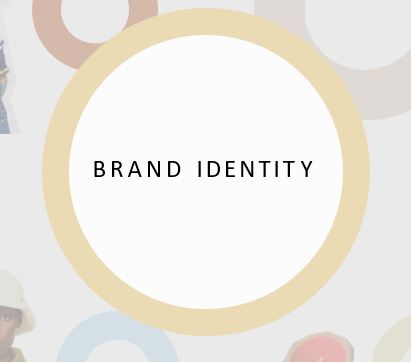
-
Market Research – To find out what your potential target customer is and would want form your brand, market research is critical. This can be done using surveys, online meetings etc.
-
Website and Social Media – I will just say this. Start this now. Show the world how you are starting and progressing. Get a following. Tell them you are scared. Be personal. They will love the honesty.
-
Fabric Research – if you are wanting to be a sustainable brand, do your homework here. Choosing a low impact environmental fabric is CRAZY important. Other than this and labor issues, nothing else comes close. Take the time and become an expert.
-
Design – Make a detailed garment vision board of each of your garments. What are the colors, the design. You need to get your own vision straight before you go to a designer.
-
Material Sourcing – Find fabrics and select these for each garment. Choosing the right fabric for the job is crucial. Choosing fiber compositions, the weight and the color will affect and impact the types of garments you are going to be creating.
-
Product Development and Sample Creation – After collecting feedback on the designs from potential customers, the designs can be finalized into a Spec Sheet as part of the Tech-Pack for each garment (this includes all the details, measurements, placement of seams, trims, buttons etc.). The Tech-Pack is the “recipes” the manufacturer will use to create your piece of clothing.
-
Manufacturing Sourcing – Now the Tech-Packs are completed, you can look for manufacturers. Choose manufacturers that are local to your area or have certifications such as Oeko-Tex, GRS or GOTS etc. This gives you protection in different areas such as wastewater treatment, environment, social and ethical issues, organic farming practices and chemical safety. In addition, ask them about the wages they pay. Use manufacturers that only pay a LIVING WAGE.

-
Manufacturing Sampling – At this stage you can get your samples completed. Sampling is needed to make sure that the manufacturer understand the technical instructions and finetune the designs. To be efficient and save waste on multiple samples, you can create a 3D Design and sample of your garment, which you can use on social media and send to your manufacturer.
-
Financial Assessment $$$$ – In the sampling stage, manufacturers can calculate the piece prices for the production. In the sourcing stage, you have already collected price information about the materials. Now this information can be combined to calculate the buying price, profit margin and sales prices for the products.
-
Product and Photo Shoot – Once the samples are finished, you can use these for a product and photo shoot.
-
Manufacturing of Product – When the images have been created, and the final feedback is collected from the final stage of the market research, the final order quantities can be determined and the orders can be placed at the manufacturers.
-
Quality Control – When the collection is produced and delivered, one thing remains: the quality control. A quality check is necessary to ensure that the quality of the delivery is consistent.
-
Sustainable Strategy – When developing a brand or collection these days, it is essential to have a Sustainability Strategy. This also helps to provide a framework for sourcing, product design and material selection. This type of strategy also provides an added value for customers to your brand. The sustainability vision should be developed at the start of developing your brand and can help to add to the transparency of your brand. When the garments have been developed, the final Sustainability Strategy can be created. And this will highlight all the brands efforts to source and develop the products to be as sustainable and circular as possible.
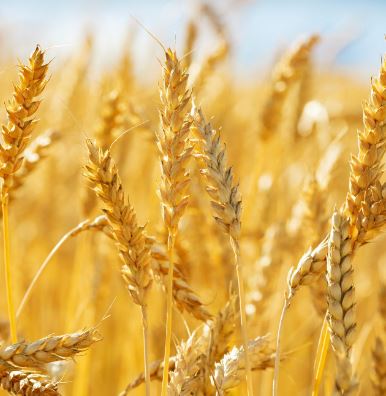
To learn more about building your own ROADMAP, for your own unique brand, contact us below.
Error: Contact form not found.
Error: Contact form not found.

